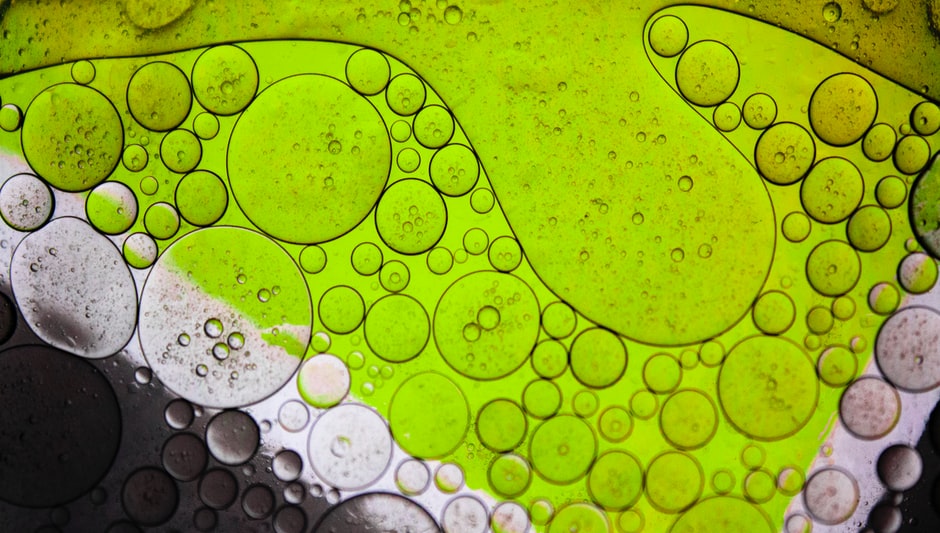Put the tank down on a towel, and then pour some vinegar on the glass to cover it. Allow it to sit for 10 to 20 minutes and then scrub it with a non-abrasive pad or cloth. If you have a stubborn patch of build-up, try using a razor blade or algae scraper to gently remove the scale from the glass.
Table of Contents
How do you clean fish tank glass without killing the fish?
The magnetic aquarium glass cleaner is the first. The glass cleaner consists of two magnets and a soft felt covering. You can gently clean the inside of your aquarium glass without damaging it by attaching a magnet to one of the sides. The second is an aquarium water softener, which is basically a sponge that you attach to the bottom of the aquarium.
When you use this sponge, the water in the tank will be softened and you will not have to worry about algae growing in your tank. It’s a great way to get rid of algae without having to resort to using a bleach solution or other harsh chemicals that can harm your fish.
Is vinegar harmful to fish?
Vinegar changes the pH of the water, causing change that can stress your fish, interfere with their body’s protective slime layer, and make them more susceptible to disease. Vinegar is not recommended for use on fish that are pregnant or nursing.
Can you use vinegar to clean a fish tank?
To be precise, that’s distilled white vinegar. Cleaning your fish tank with vinegar is a cheap and extremely effective way to shift stubborn hard algae and water stains from your tank. White vinegar can be used to clean your aquarium in a number of ways. The most common way is to use it as a water softener.
This means that the vinegar will absorb water from the bottom of the tank, making it easier for the fish to breathe. You can also use vinegar as an anti-fouling agent, which will help to prevent algae from forming on the surface of your water.
If you’re looking for a more permanent solution to your algae problem, you can add a few drops of vinegar into a spray bottle and apply it directly to the algae-infested area.
It’s important to note that this is not the same as using vinegar on a regular basis, as it will only work on algae that is already present in the aquarium, and will not remove any other types of algae.
What can I clean my fish tank with?
You’ll need salt, vinegar and some soft scrubbing pads. Hard water stains and fishy smells can be removed with the help of the vinegar and salt. Before you add any water to the tank, make sure you rinse it thoroughly.
Why is my fish tank getting algae on the glass?
Too much light or too many nutrients in the water will cause algae to grow rapidly. Leaving house lights on too long could be the cause of algae overgrowth. The tank is receiving too much sunlight. Too much salt in your water. This can lead to algae blooms, which can be harmful to your fish and other aquatic life. It can also be a sign of a problem with your aquarium’s filtration system.
The first thing you should do is remove the filter and clean it thoroughly. You can do this by using a soft cloth or paper towel, or you can use a Q-tip dipped in a solution of 1 part bleach to 10 parts water to clean your filter. Be careful not to get any of the bleach into the aquarium water, as this can cause serious health problems for the fish.
Next, you will need to add a few drops of ammonia or nitrite to the tank water and let it sit for a couple of hours. Once the ammonia/nitrite has been added, the algae will begin to die off, and you’ll be left with a clean, healthy tank.
Why does fish tank glass go green?
Water” outbreaks are caused by a sudden population explosion of suspended algae known as phytoplankton. Unlike other algae species that grow on the glass or objects in the aquarium, green water algae float about the tank and grow by the billions in a short period of time.
In the case of the “green water” outbreak, the algae bloom was so large that it was visible to the naked eye, according to a statement from the National Oceanic and Atmospheric Administration (NOAA).
The algae, which can grow up to 20 feet (6 meters) in length, can be found in all types of water, but it is most common in warm, shallow waters such as lakes, rivers, and oceans.
Can I use baking soda to clean aquarium glass?
Baking soda is a good way to clean an aquarium. Baking soda solution will break down dirt and greasy substances in a dirty aquarium. On a damp sponge, baking soda is abrasive enough to remove grime and stubborn algae, but not so much as to damage the delicate corals. The other way to get rid of algae is to soak the aquarium in a solution of vinegar and water for a few hours.
The vinegar will kill any algae that has grown on the surface of the water, and the solution will also kill the bacteria that cause the algae to grow in the first place. You can also add a small amount of salt to your aquarium water to make it more alkaline, which will help to kill algae as well.
